Descrição
Introdução
As penas de injeção química são componentes essenciais em vários setores, incluindo petróleo e gás, tratamento de água e aplicações municipais, usadas para introduzir produtos químicos com precisão em tubulações ou sistemas.
Como funcionam as penas de injeção química
Colocação do ponto de injeção: As penas de injeção química são estrategicamente colocadas em pontos específicos dentro de uma tubulação ou sistema onde a dosagem de produtos químicos é necessária. A colocação é crucial para garantir a mistura e dispersão eficazes do produto químico injetado.
Conexão: As penas de injeção são normalmente conectadas a bombas ou sistemas de injeção de produtos químicos por meio de tubos ou tubulações. O produto químico a ser injetado é fornecido de um recipiente de armazenamento para a pena de injeção através dessas conexões.
Difusão e Mistura: A pena de injeção é projetada com um difusor ou elemento de mistura. Quando o produto químico flui através da pena, ele encontra esse elemento, que promove uma mistura completa com o fluido primário na tubulação.
Controle de pressão: A pressão é um fator crítico na injeção química. As penas de injeção são projetadas para controlar a pressão do produto químico injetado para atender aos requisitos do sistema. Isso evita problemas como refluxo ou pressão excessiva que podem danificar o equipamento.
Dosagem Química: O produto químico é injetado a uma taxa controlada na tubulação ou sistema. A taxa de injeção muitas vezes pode ser ajustada para atender às necessidades específicas de tratamento.
Monitoramento e Segurança: Algumas penas de injeção vêm com recursos de monitoramento para garantir que a quantidade correta de produtos químicos esteja sendo injetada. Medidas de segurança, como detecção e contenção de vazamentos, também são essenciais para prevenir riscos ambientais.
O que é uma válvula de retenção?
Definição e função de válvulas de retenção
As válvulas de retenção são normalmente colocadas em tubos para interromper a reversão do fluxo. Essencialmente, eles agem como uma porta que só abre para um lado: o fluxo pode se mover livremente em uma direção, mas se tentar reverter, a válvula se fecha. Esta ação protege os tubos, outras válvulas e bombas contra danos potenciais.
- O produto químico a ser injetado no fluxo do processo flui pela coluna de injeção de produto químico.
- No final da pena, o produto químico é liberado no centro do fluxo do processo, garantindo uma distribuição uniforme.
Se o fluxo do processo tentar fluir de volta para cima pela coluna, a válvula de retenção fecha, evitando o refluxo e protegendo a fonte química e o sistema de injeção contra possíveis danos.
Como eles trabalham juntos
Uma pena de injeção de produtos químicos e uma válvula de retenção trabalham juntas em um sistema para dispensar produtos químicos com precisão e proteger o sistema contra refluxo. Uma pena de injeção química é um dispositivo que garante que os produtos químicos sejam dispersos uniformemente no centro do fluxo, melhorando a eficiência da mistura e da reação. Normalmente é uma estrutura semelhante a um tubo que penetra no tubo que transporta o fluido do processo. Por outro lado, uma válvula de retenção é uma válvula unidirecional que permite o fluxo apenas em uma direção. Quando usado em conjunto com uma pena de injeção de produto químico, evita que o fluido do processo flua de volta para cima pela pena depois que o produto químico for injetado.
Aqui está a sequência de como eles funcionam juntos:
- O produto químico a ser injetado no fluxo do processo flui pela coluna de injeção de produto químico.
- No final da pena, o produto químico é liberado no centro do fluxo do processo, garantindo uma distribuição uniforme.
- Se o fluxo do processo tentar fluir de volta para cima pela coluna, a válvula de retenção fecha, evitando o refluxo e protegendo a fonte química e o sistema de injeção contra possíveis danos.
Assim, a combinação de uma haste de injeção de produtos químicos e uma válvula de retenção garante uma distribuição precisa de produtos químicos, mantendo a integridade do sistema.
Importância das penas de injeção química com válvulas de retenção
As válvulas de retenção desempenham um papel crítico na proteção dos sistemas contra refluxo, um problema que pode surgir devido a quedas repentinas de pressão, mudanças de temperatura ou mau funcionamento de bombas. O refluxo pode reverter a direção do fluxo de um fluido, causando potencial contaminação e danos ao equipamento.
Muitas vezes conhecidas como válvulas unidirecionais ou anti-retorno, as válvulas de retenção são projetadas para permitir o fluxo de fluido em apenas uma direção. Eles fecham automaticamente quando o fluido tenta fluir na direção oposta, servindo como barreira protetora para o sistema. A beleza das válvulas de retenção reside na sua operação passiva – elas não requerem intervenção manual ou energia externa, o que as torna uma solução confiável para evitar refluxo, mesmo em situações imprevistas ou de emergência.
Dentro de um sistema equipado com uma pena de injeção química, o papel de uma válvula de retenção é ainda mais crucial. A ausência de uma válvula de retenção pode permitir que o refluxo empurre o produto químico injetado de volta para o sistema de injeção. Isto pode resultar na contaminação do sistema, desperdício de produtos químicos ou até mesmo em condições perigosas, dependendo das substâncias envolvidas. Assim, ao evitar o refluxo, a válvula de retenção protege o sistema de injeção e a fonte de produtos químicos, garantindo ao mesmo tempo a segurança e a eficiência do processo de injeção de produtos químicos.
Aspectos de segurança de penas de injeção química com válvulas de retenção
Como as válvulas de retenção ajudam a manter os sistemas funcionando corretamente
As válvulas de retenção desempenham um papel fundamental para garantir que os sistemas com pontas de injeção química funcionem como deveriam. Essas válvulas são projetadas para permitir que o fluido flua apenas em uma direção e fecham automaticamente se o fluido tentar fluir para trás.
Em um sistema que usa uma pena de injeção de produtos químicos, a válvula de retenção evita que os produtos químicos ou o fluido do processo voltem para o sistema de injeção. Isto é muito importante porque se o fluido ou produtos químicos fluir para trás, poderá causar contaminação, desperdício de produtos químicos ou até mesmo danos ao equipamento. Ao interromper esse fluxo reverso, a válvula de retenção ajuda a manter o sistema funcionando de maneira adequada e suave.
O papel das válvulas de retenção na segurança dos trabalhadores e do meio ambiente
As válvulas de retenção não apenas mantêm os sistemas funcionando corretamente, mas também ajudam a manter as pessoas e o meio ambiente seguros. Muitos processos químicos utilizam materiais que podem ser perigosos se não forem mantidos sob controle. Por exemplo, se um sistema de injeção de produtos químicos permitir o fluxo inverso, os produtos químicos poderão acabar em locais onde não deveriam e potencialmente prejudicar os trabalhadores.
Uma válvula de retenção impede que isso aconteça, evitando o fluxo reverso, reduzindo a chance de exposição acidental a produtos químicos e ajudando a manter os trabalhadores seguros. Além disso, ao manter os produtos químicos contidos no sistema, as válvulas de retenção também ajudam a prevenir possíveis danos ambientais causados por vazamentos ou derramamentos.
Além disso, se algo der errado com o sistema ou as condições mudarem repentinamente, o recurso de fechamento automático da válvula de retenção fornece uma camada extra de segurança. Ele pode interromper um aumento repentino ou uma reversão do fluxo, o que poderia causar a quebra do equipamento ou até mesmo uma falha perigosa do sistema.

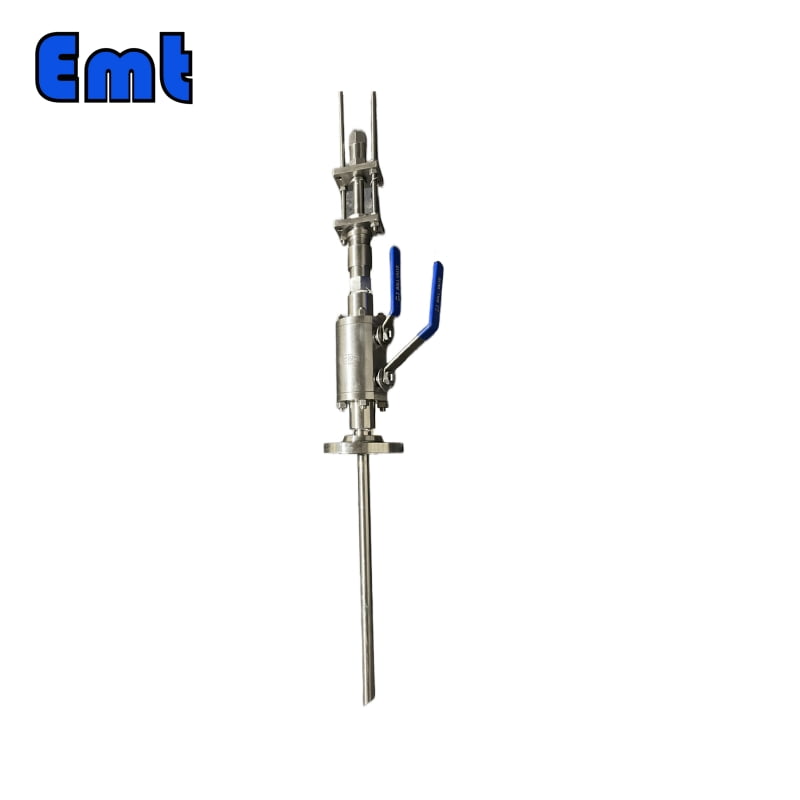
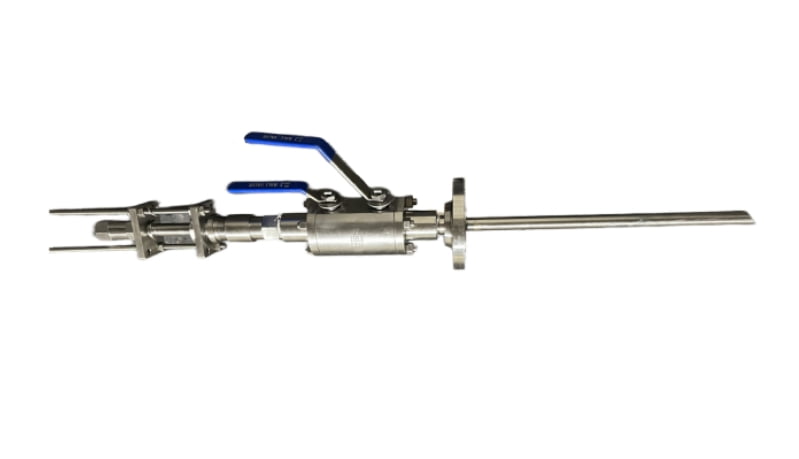
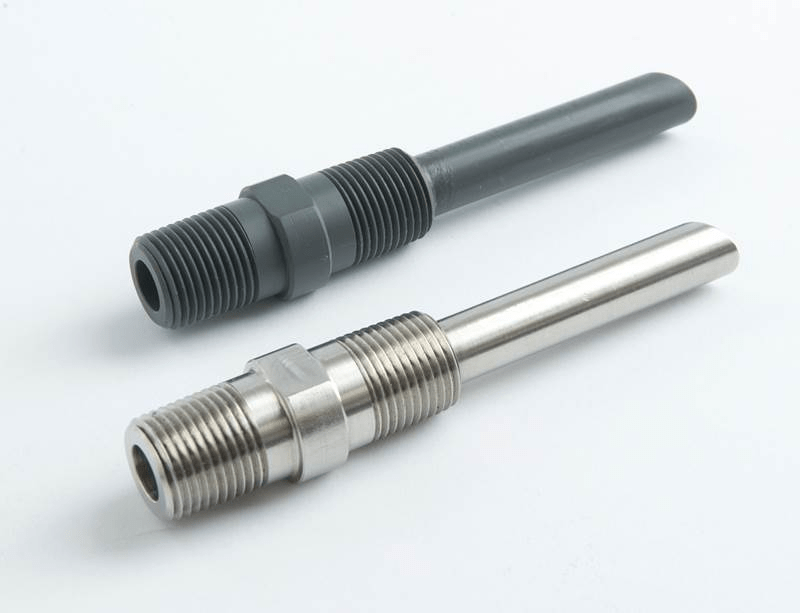
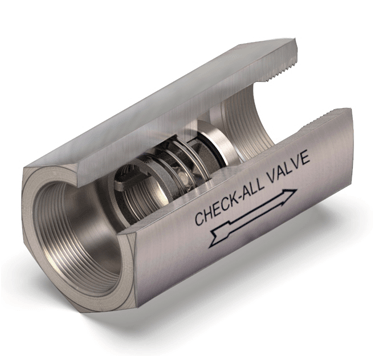

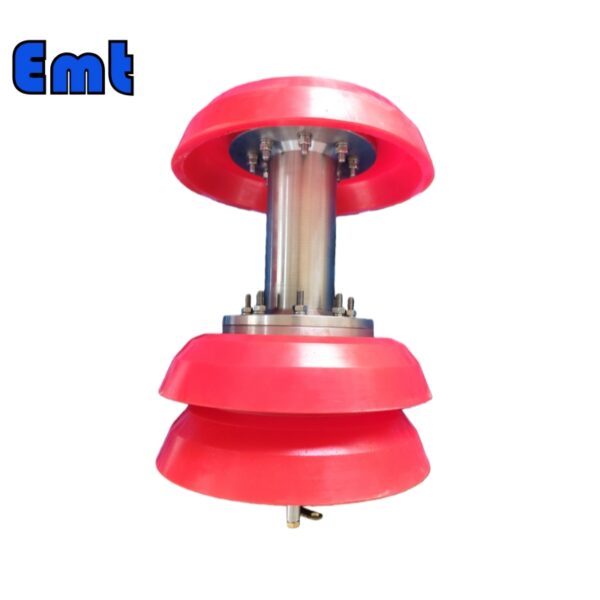
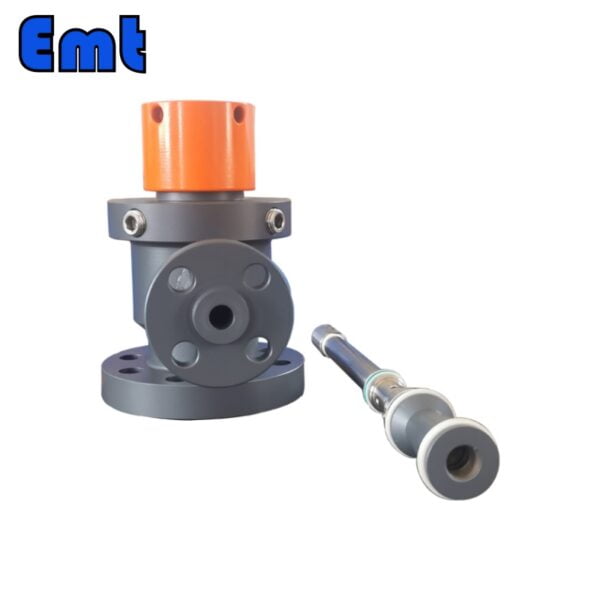
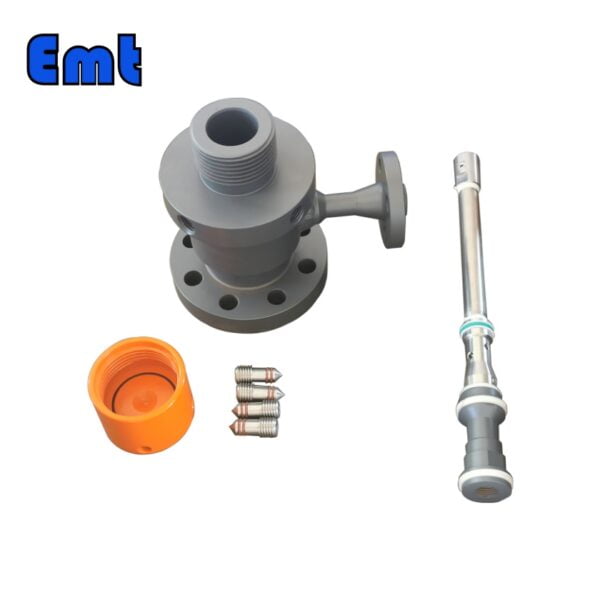
Avaliações
Não há comentários ainda.